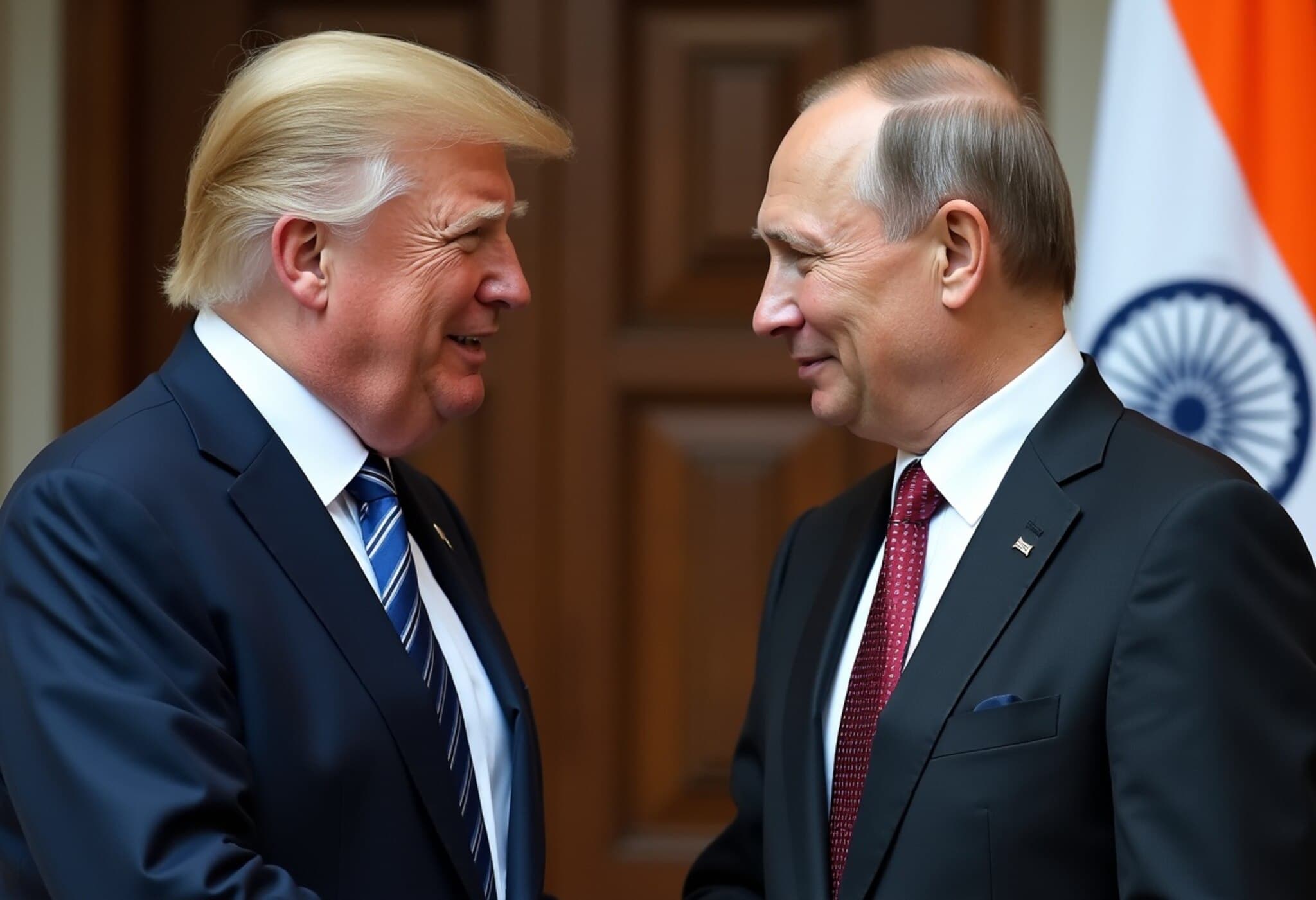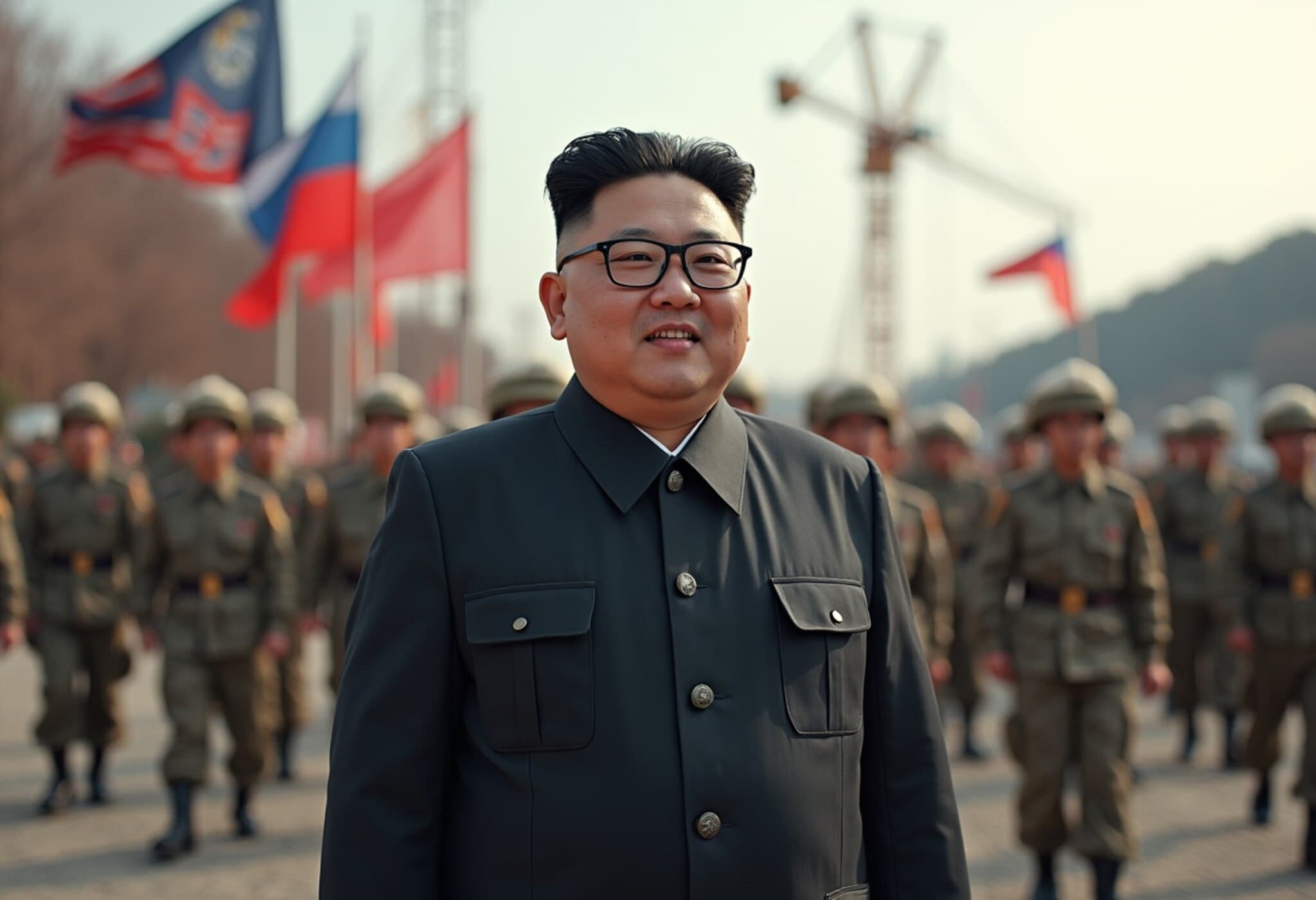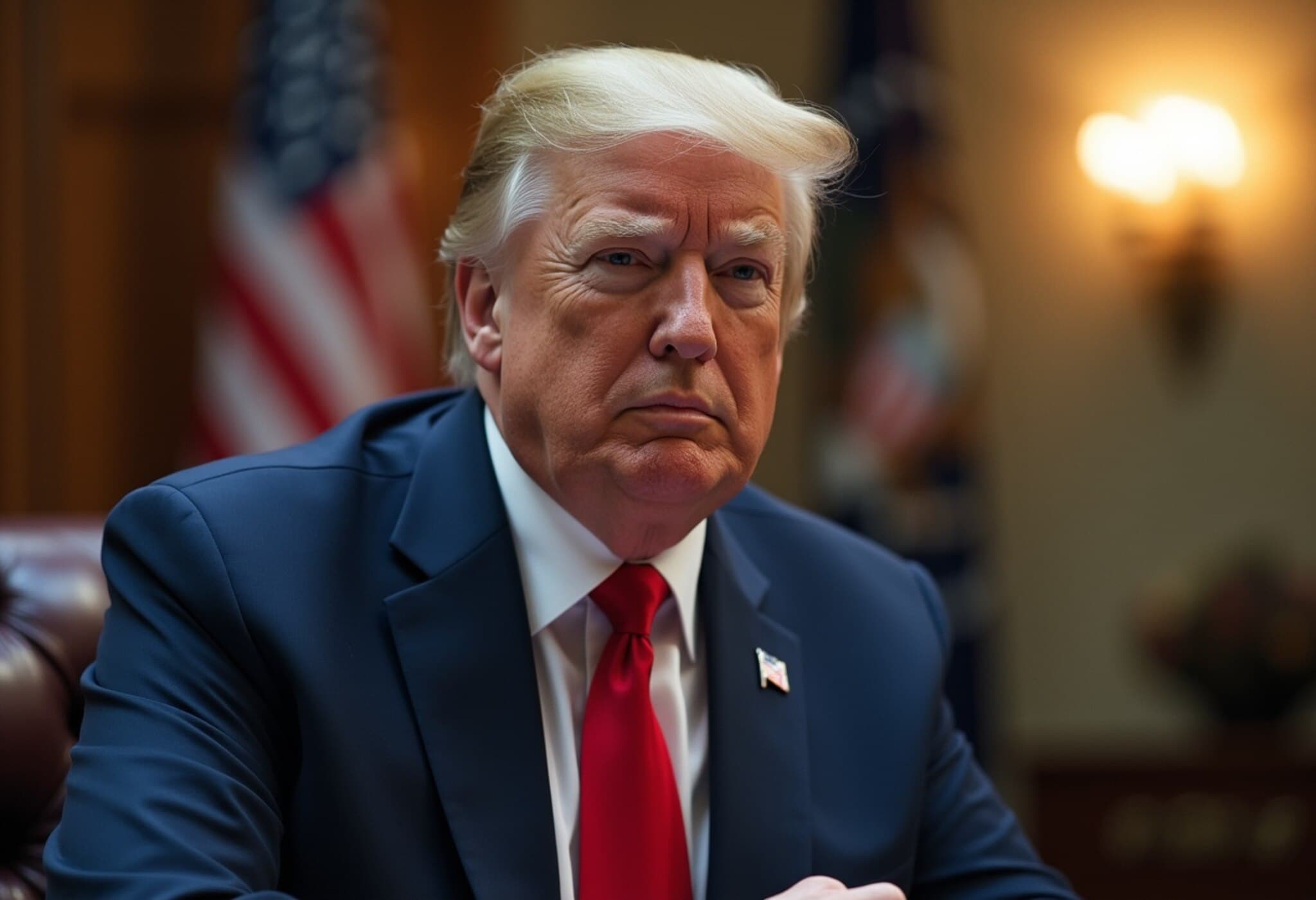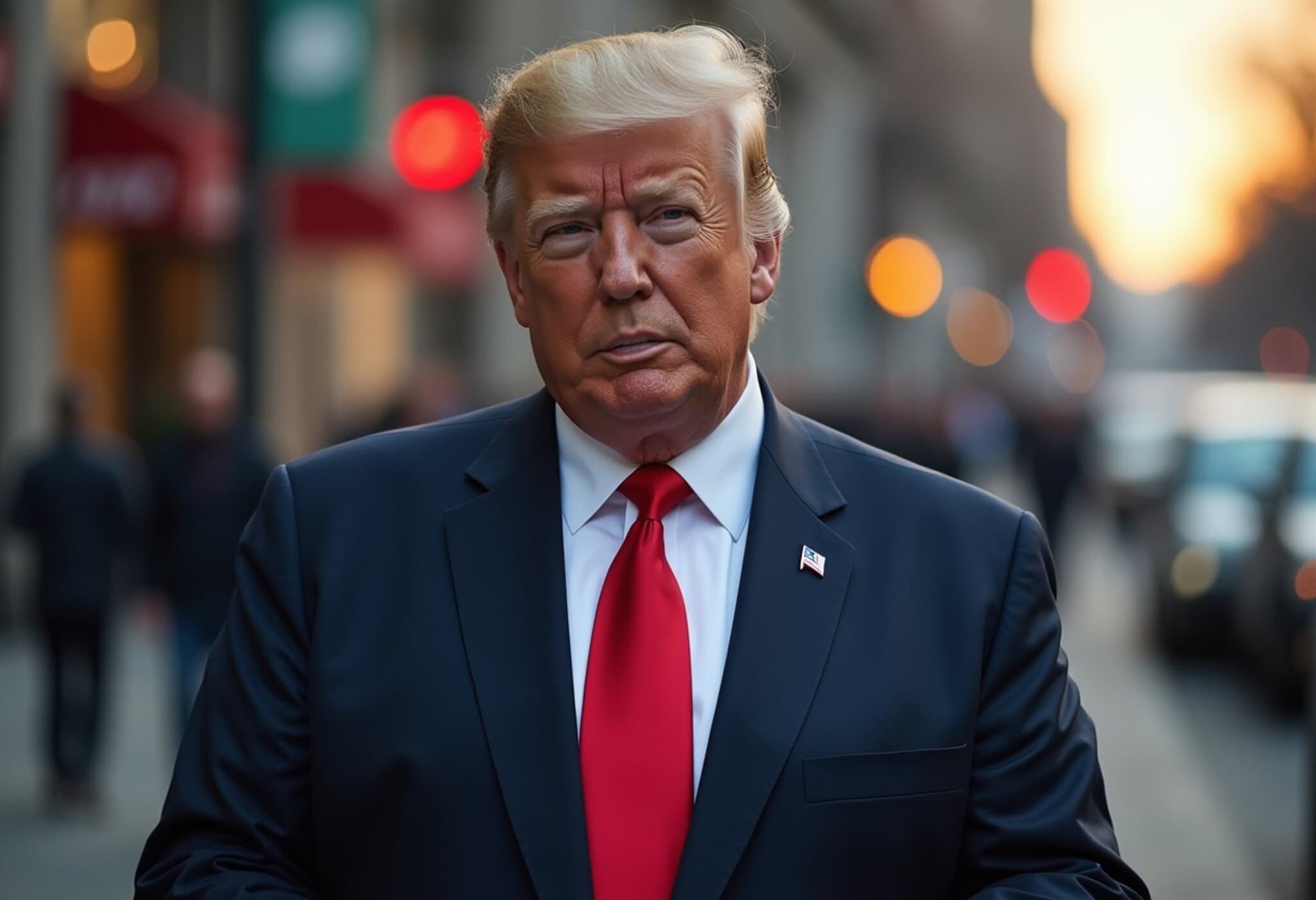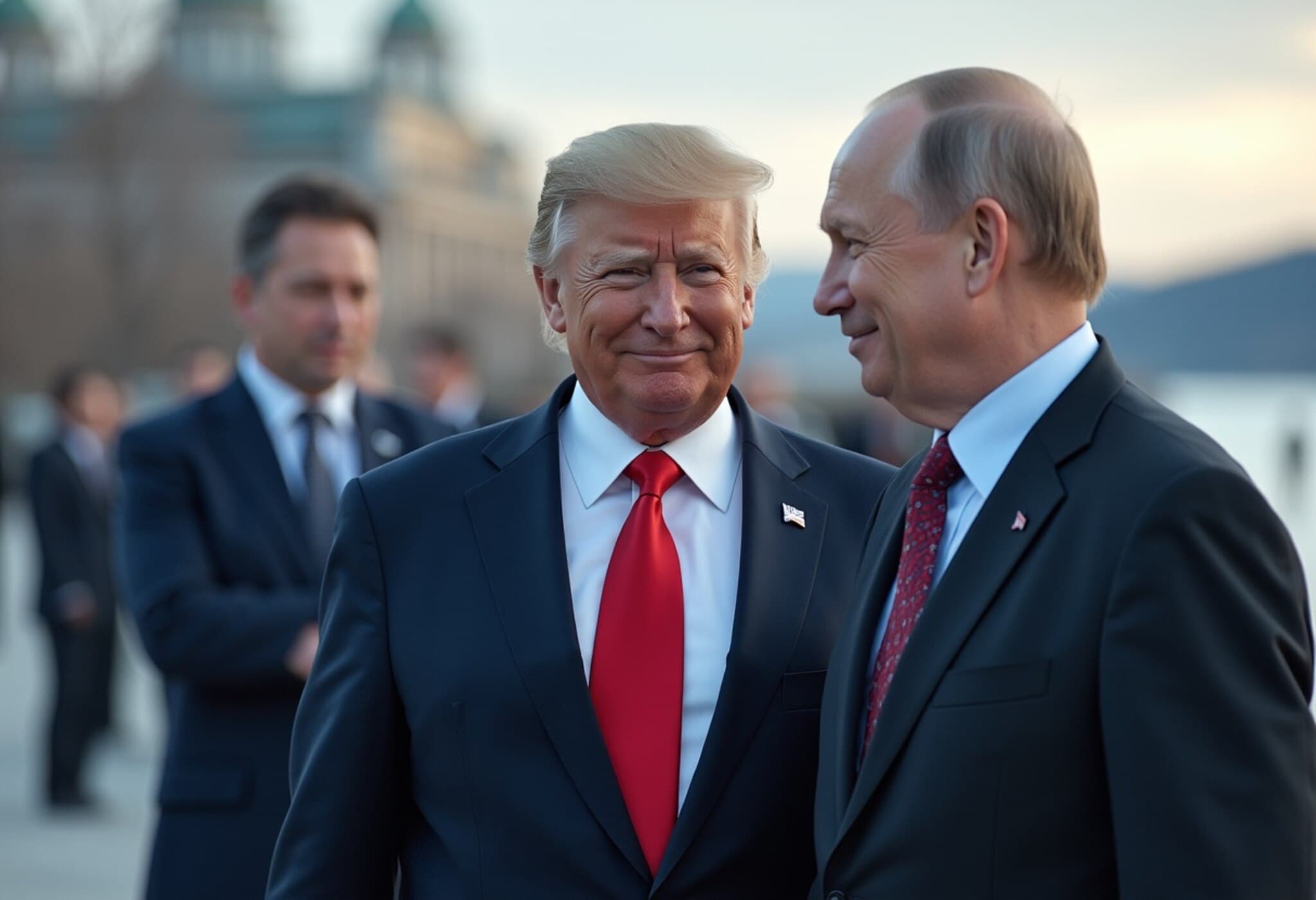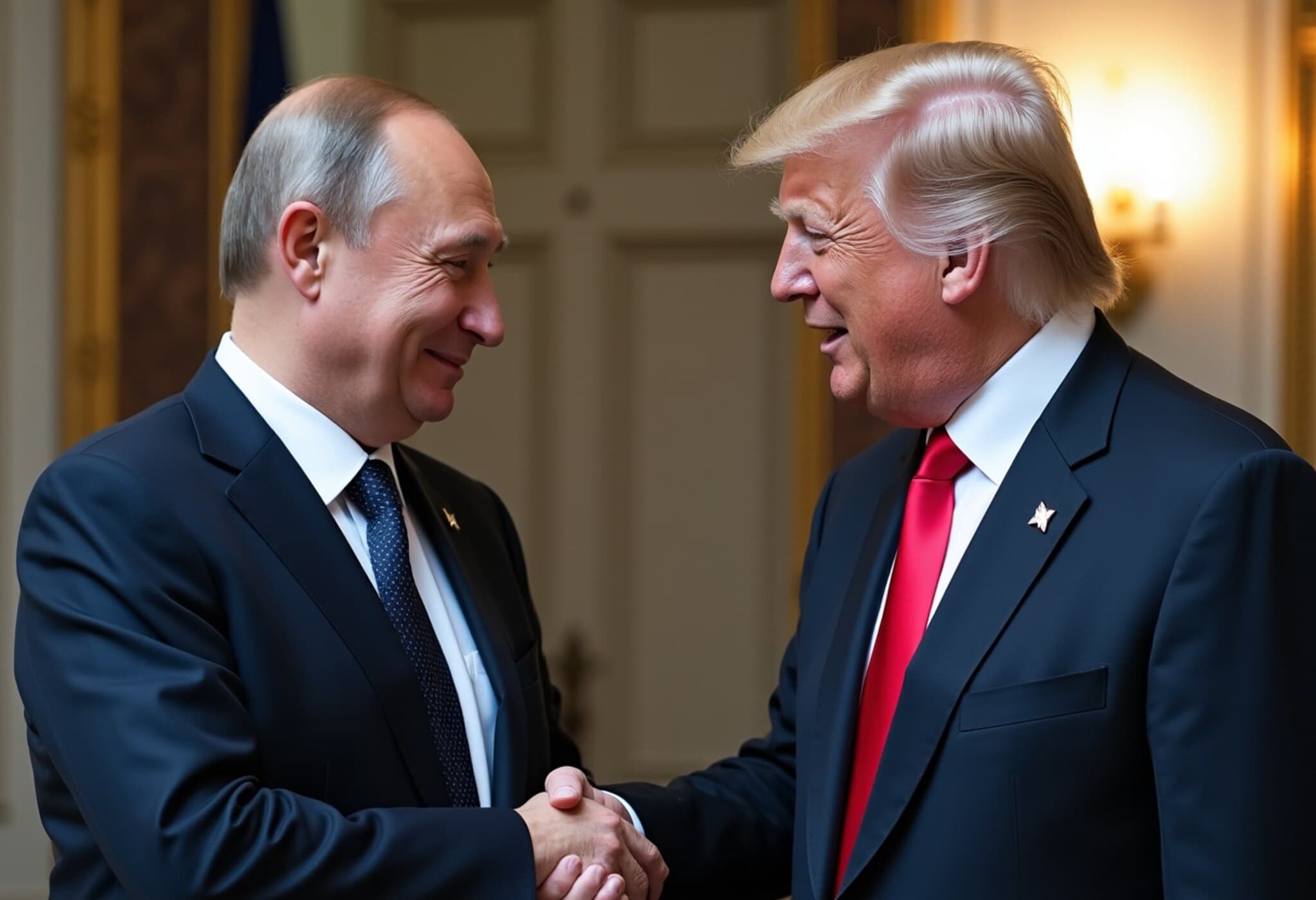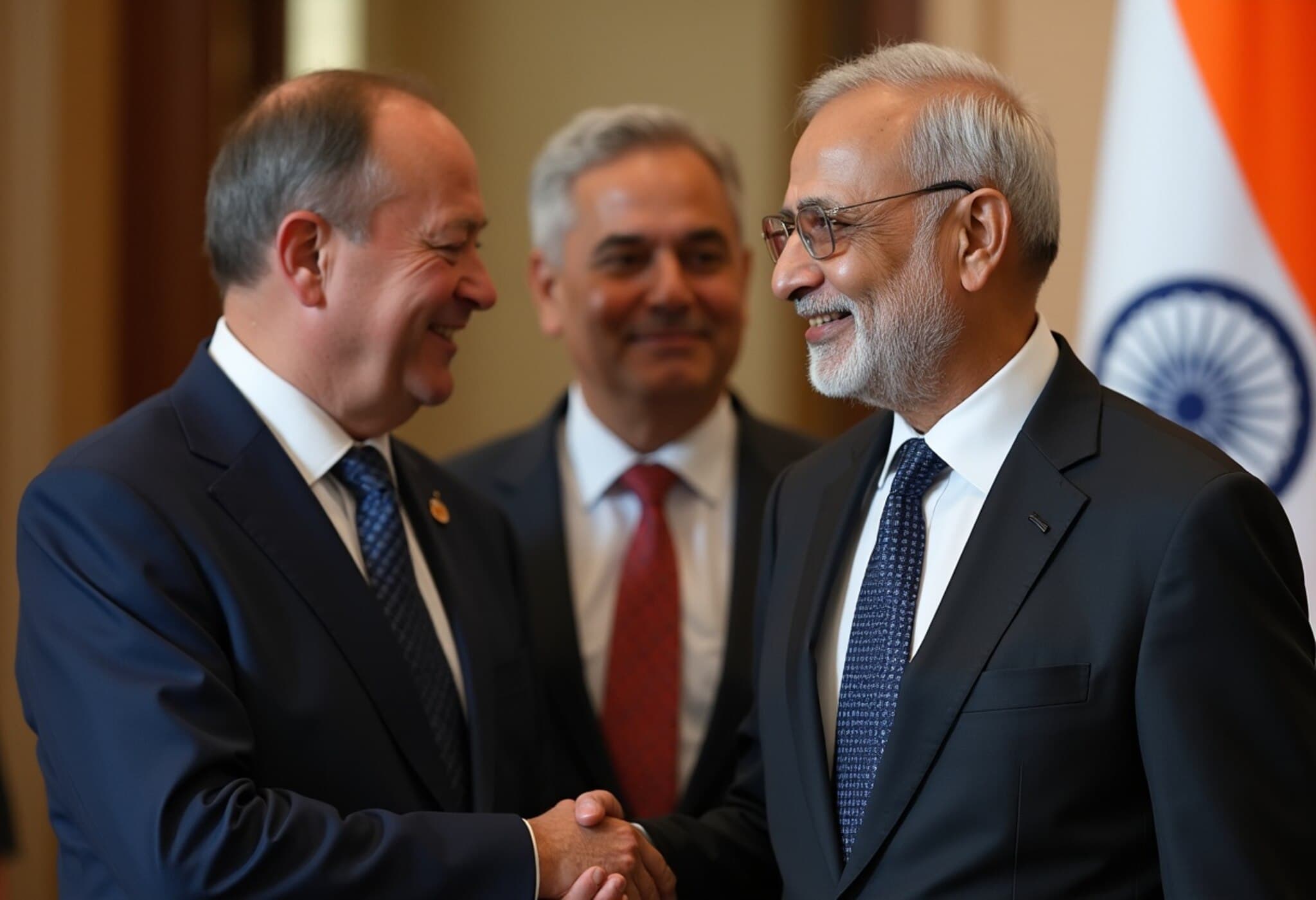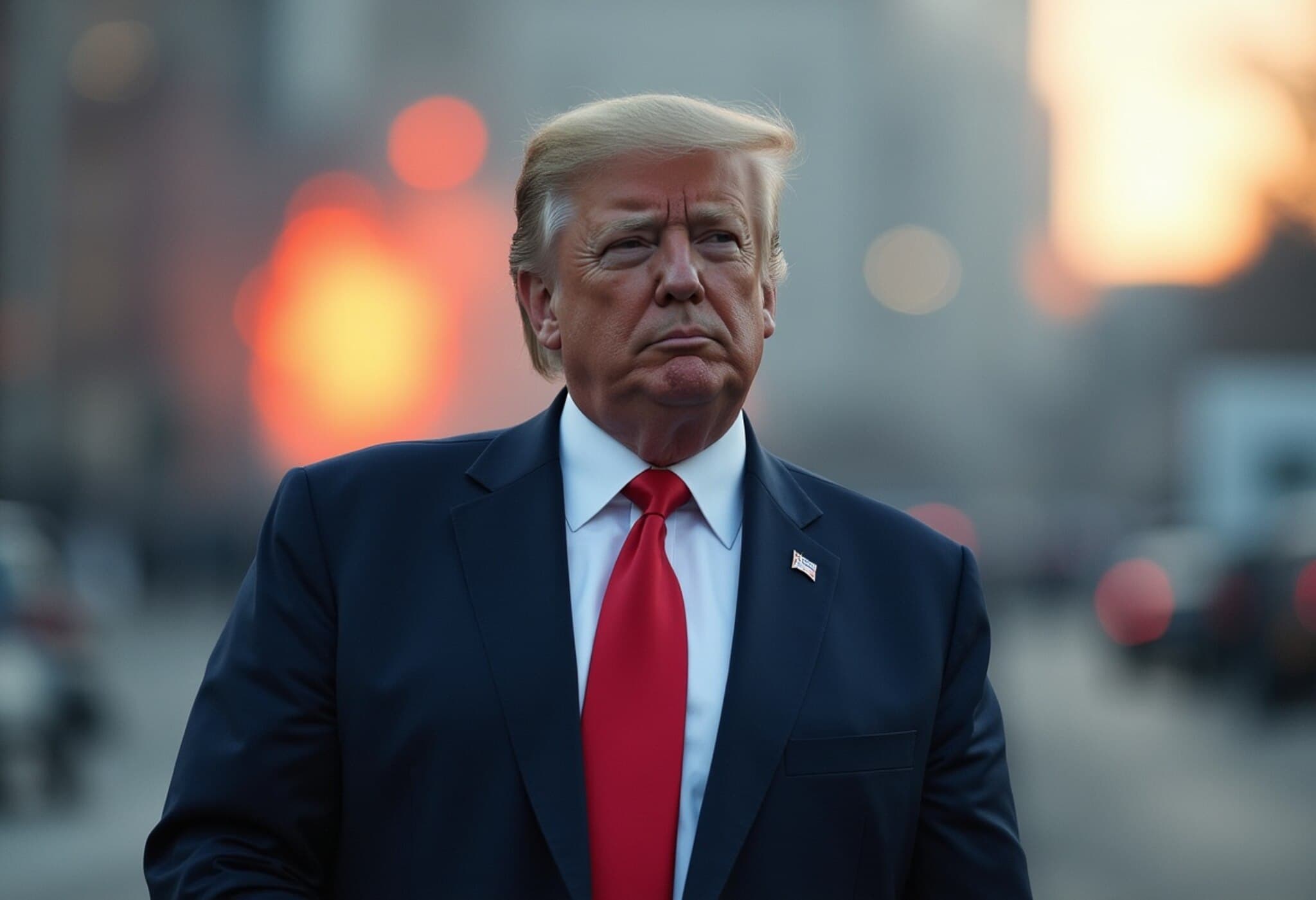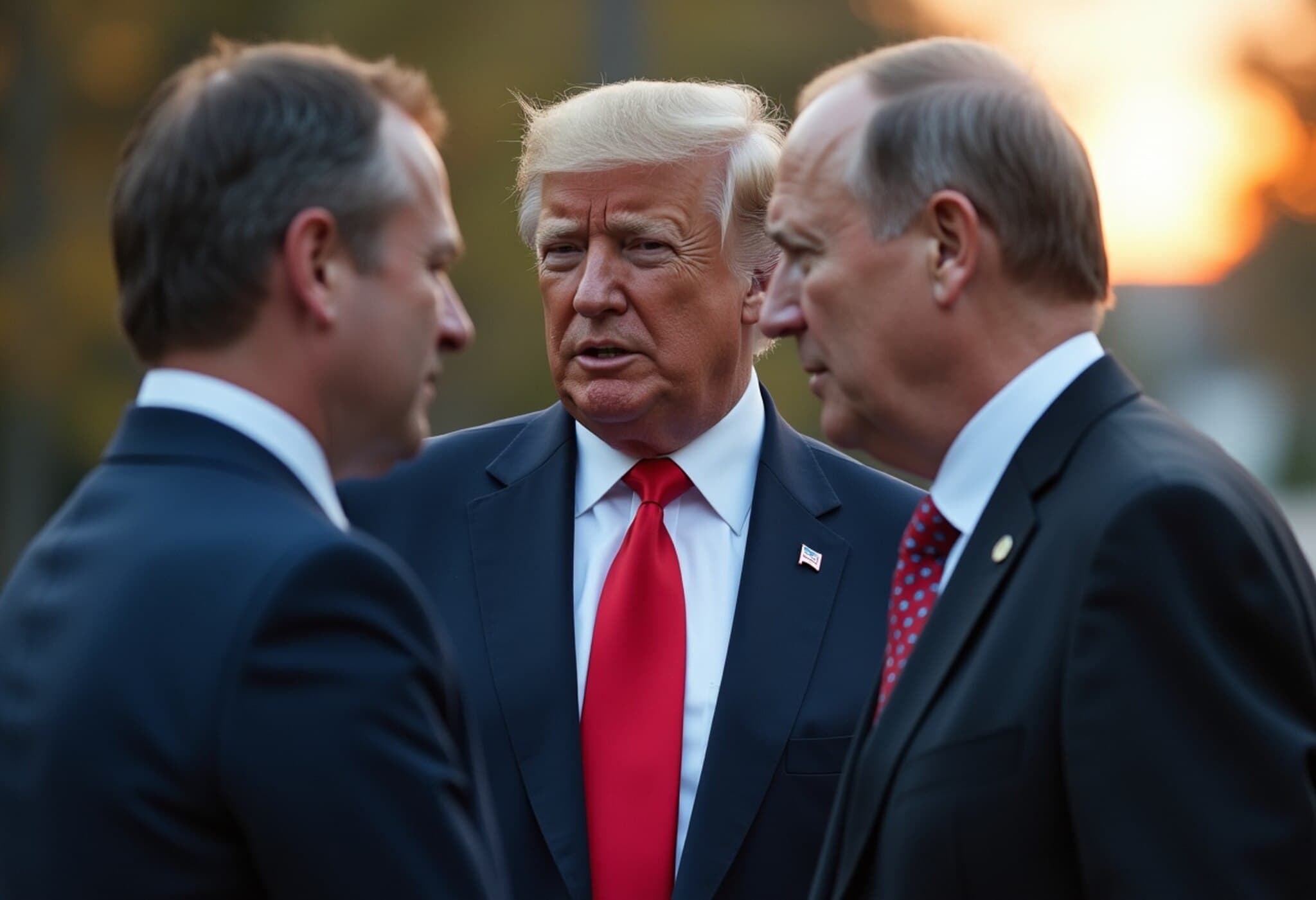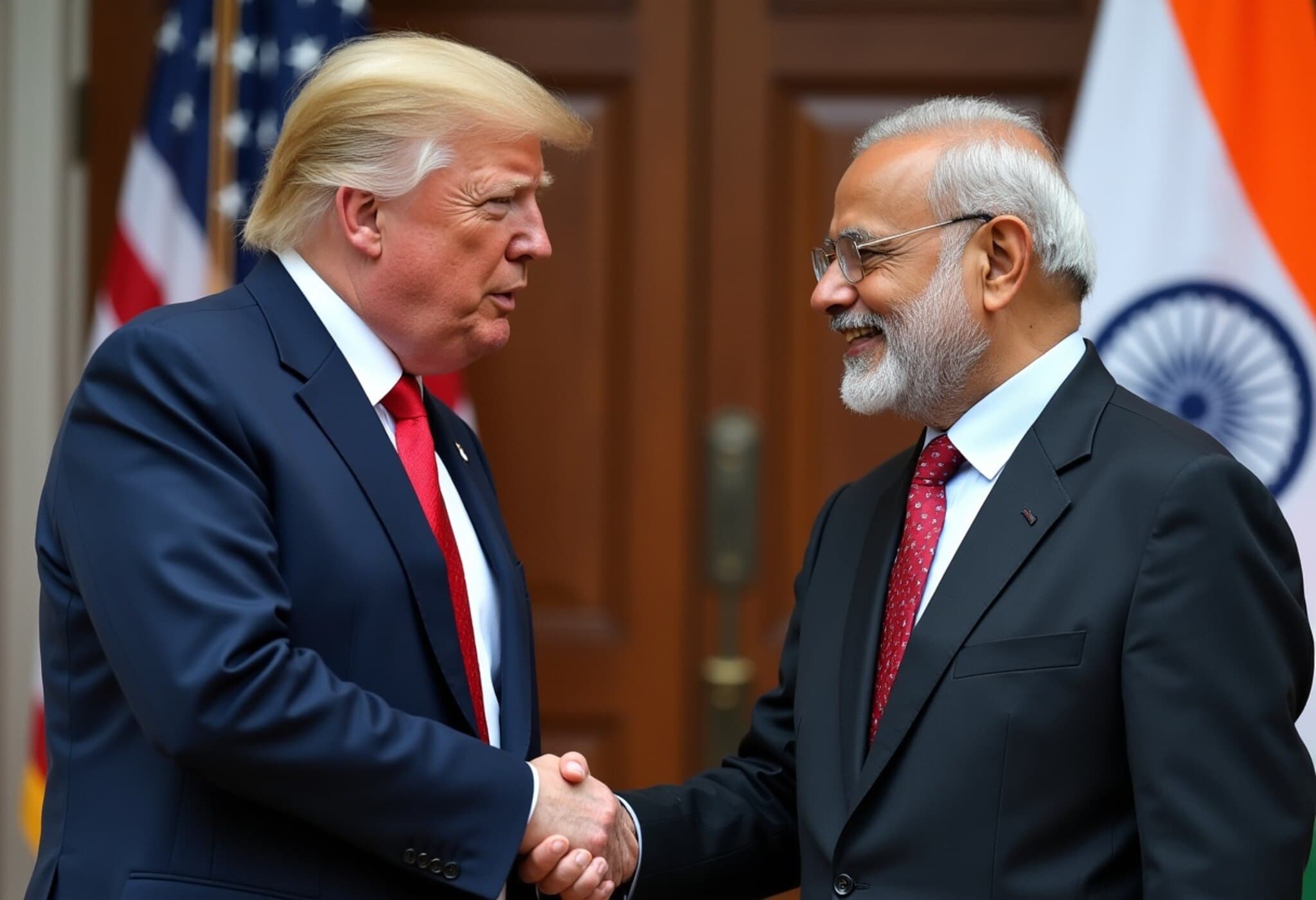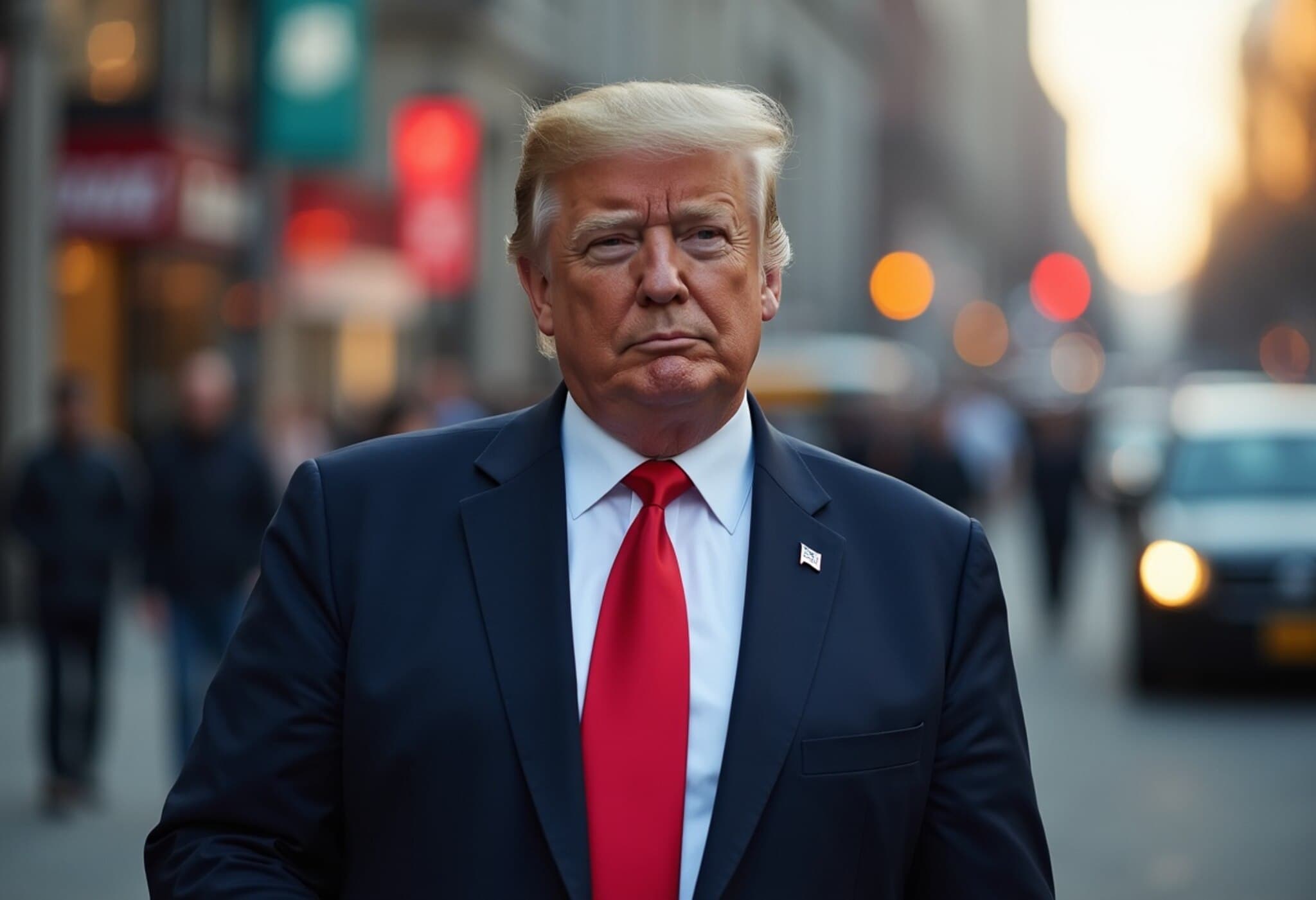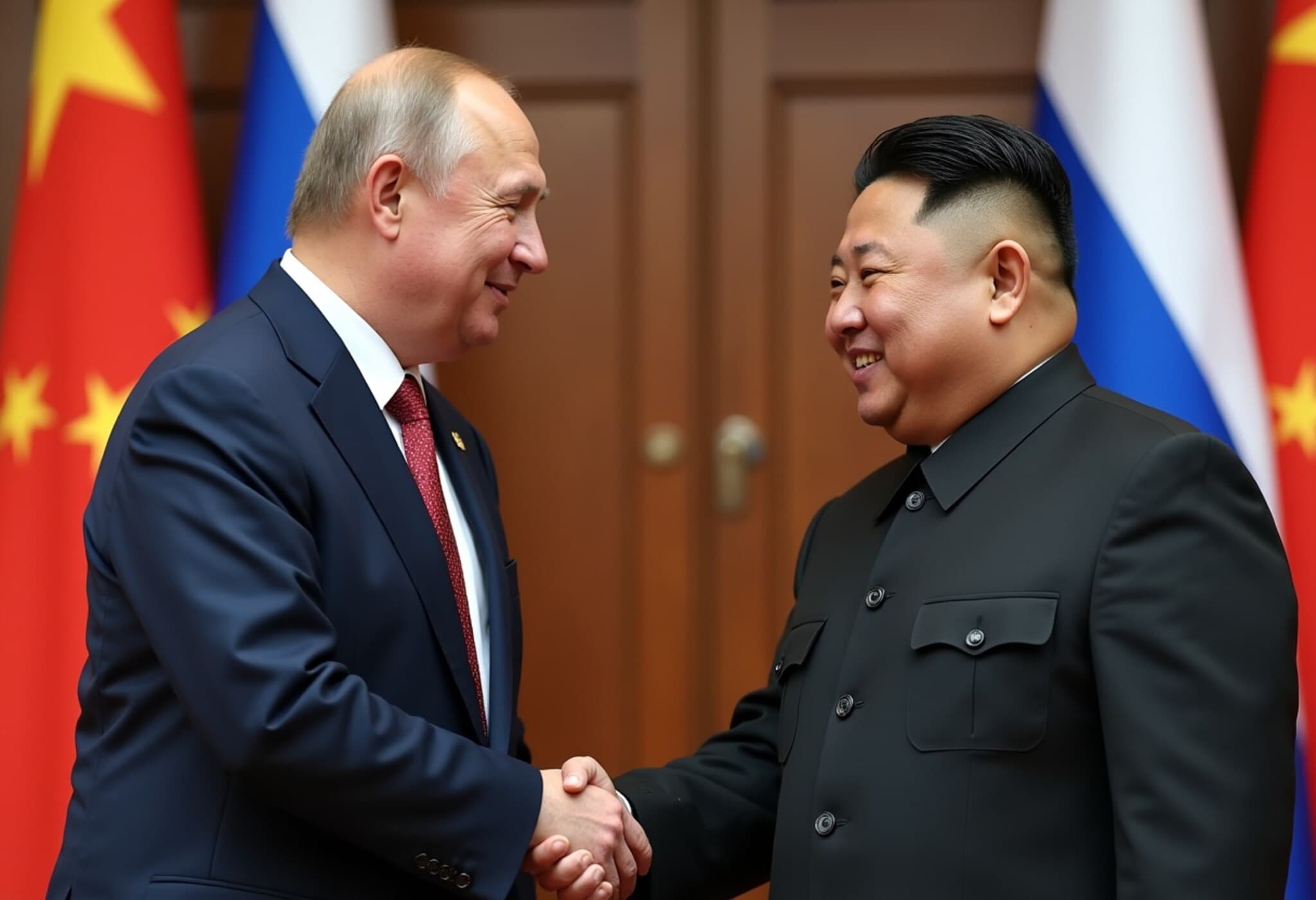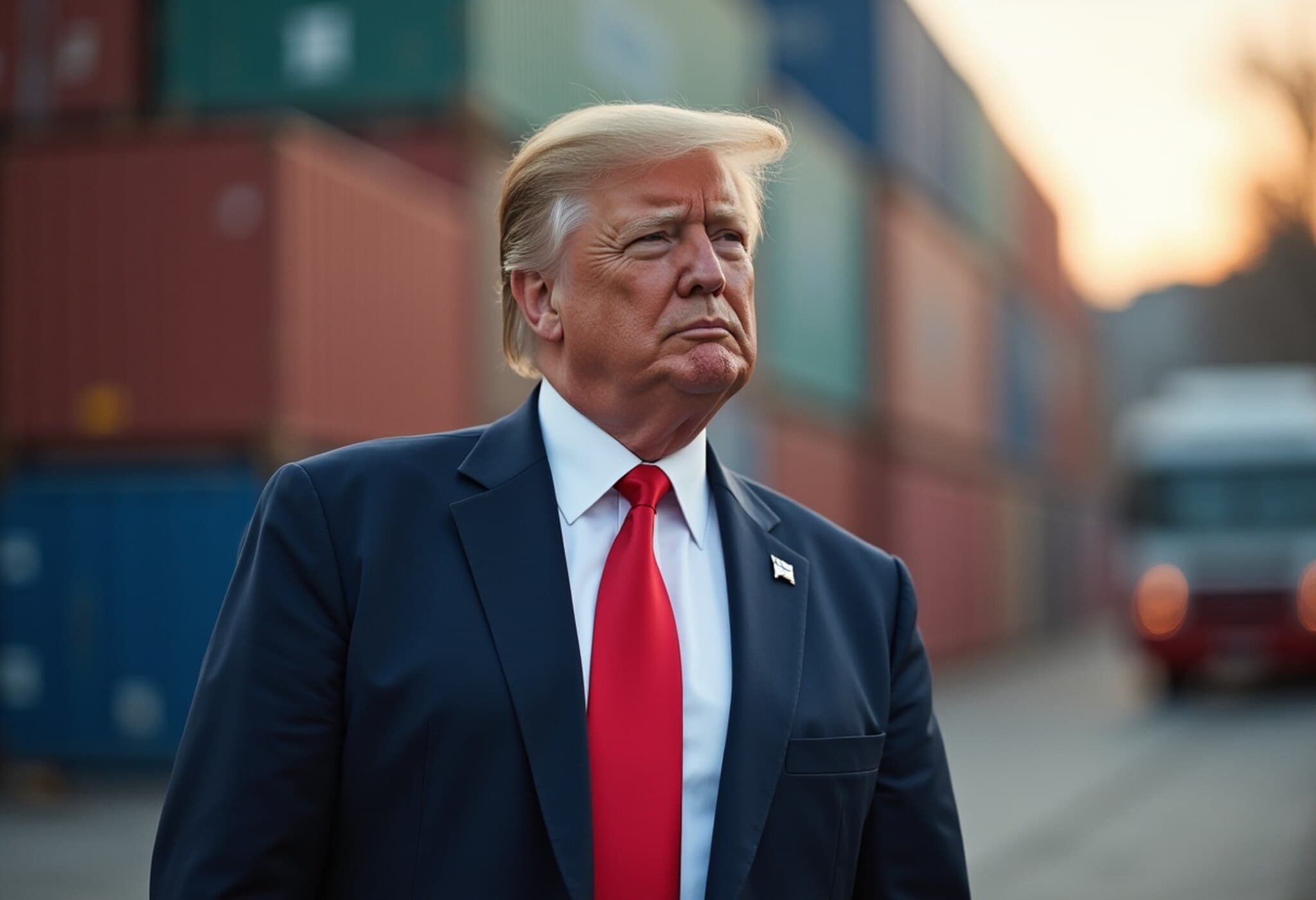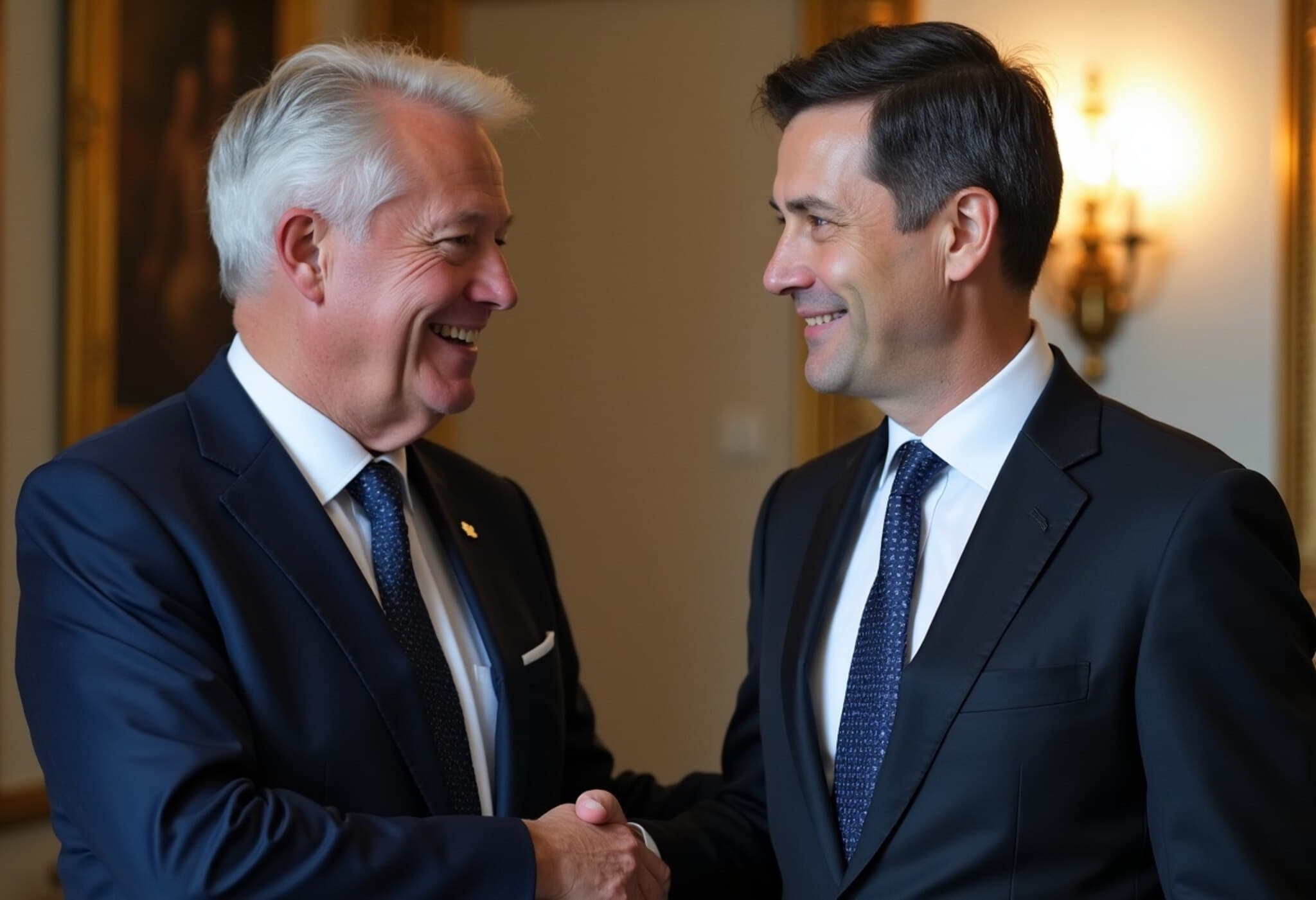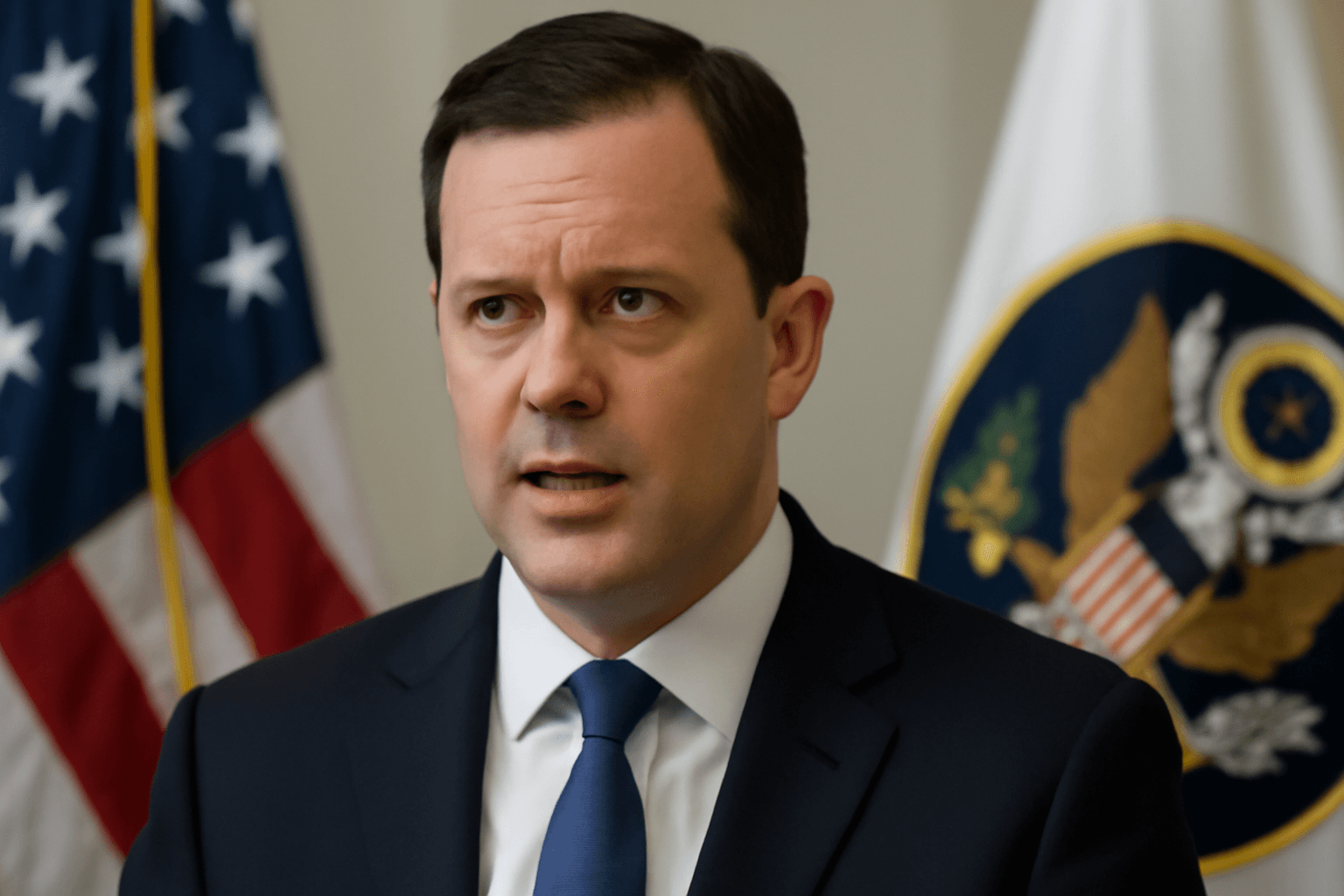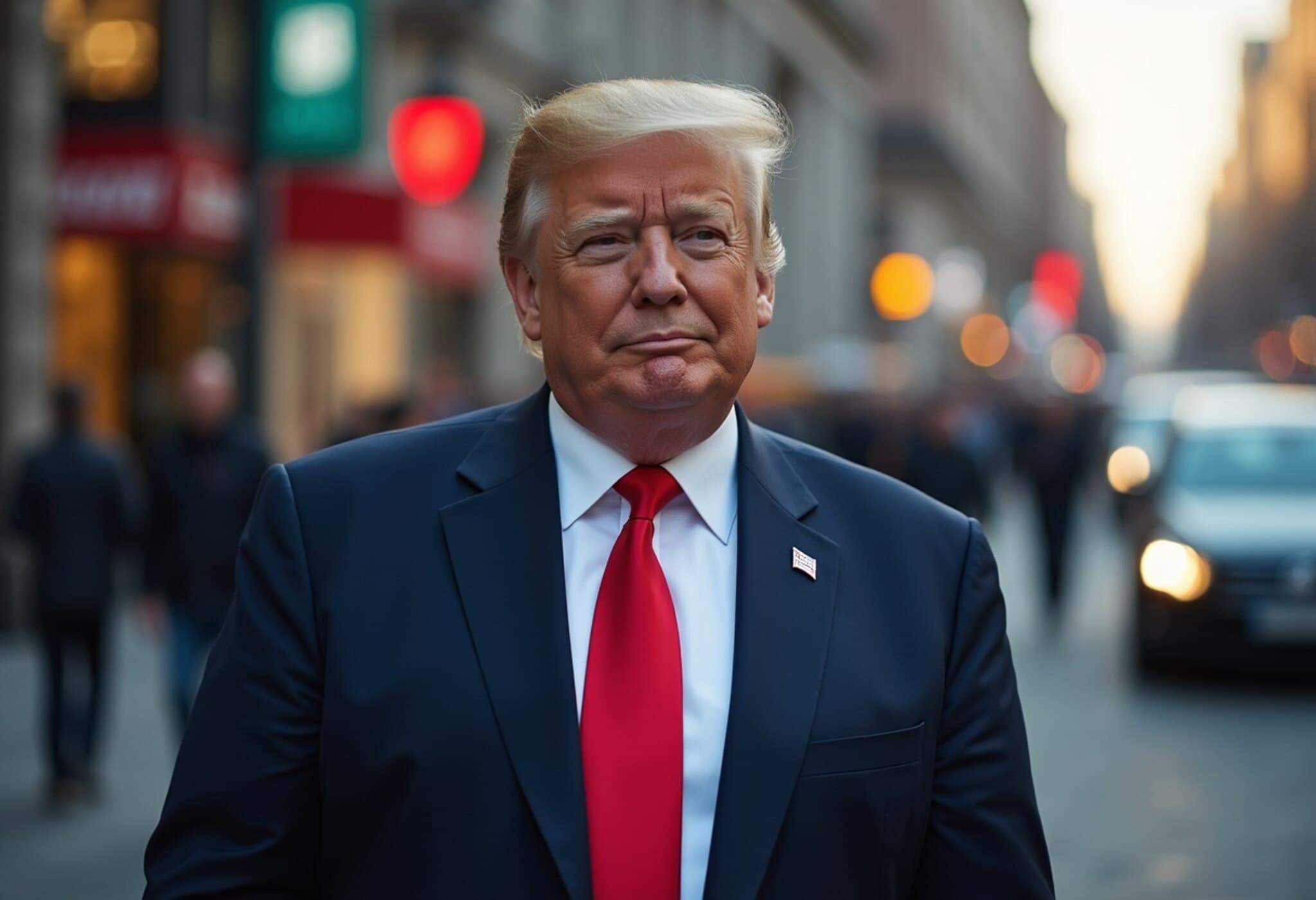Understanding the Link Between Trump’s Tariffs on India and the Alaska Summit
As US President Donald Trump prepares to meet Russian President Vladimir Putin in Alaska, an often-overlooked dynamic is unfolding: how tariffs on India are intertwined with the high-stakes discussions between America and Russia. According to Michael Kugelman, a South Asia expert based in Washington DC, this connection is not only strategic but pivotal to the evolving geopolitical chessboard.
The Alaska Meeting: More Than Just a US-Russia Encounter
Scheduled for Friday, the Trump-Putin summit has captured global attention as a potentially decisive moment for the ongoing conflict in Ukraine. Trump has expressed confidence that he will gauge the summit’s success within minutes. Yet skeptics worry Putin might leverage the encounter to gain concessions without meaningful commitments.
But what does India have to do with this bilateral dialogue? Kugelman, a Non-resident Senior Fellow at the Asia Pacific Foundation of Canada, explains that India is far from being a bystander. Instead, its economic relations and policies towards Russia are deeply entangled in US diplomatic leverage.
The Tariff Puzzle: Pressuring India to Influence Russia
Last summer, the Trump administration imposed a sweeping 25% tariff on imports from over 60 countries, including India. Shortly after, a further 25% tariff was enforced specifically on India as retaliation for its continued purchase of Russian oil amid Western sanctions. The combined 50% tariff has significantly strained trade ties between the US and India.
Kugelman suggests this tariff move was not merely punitive but strategic. By penalizing India — one of Russia’s key trade partners — the US aims to squeeze Moscow economically by shrinking Russia’s export channels. The hope is to nudge Putin toward a ceasefire or peace settlement in Ukraine by cutting off financial lifelines.
Potential Diplomatic Outcomes and Implications for India
- If the Alaska summit results in Russia agreeing to halt fighting or establish a ceasefire, the US might consider lifting or reducing the added tariffs on India. This would ease economic pressures on India and improve US-India relations.
- India’s balancing act reflects its geopolitical reality: maintaining defense and energy ties with Russia while nurturing a strategic partnership with the US and the West.
- Prime Minister Narendra Modi’s diplomatic engagements with both Moscow and Kyiv underscore India’s ongoing efforts to call for peace and avoid exacerbating global conflicts.
"This is not an era of war," Kugelman notes, reflecting India’s broader stance amid complex international dynamics.
Why This Matters: The Bigger Picture
This emerging linkage between US tariffs and the Alaska summit highlights a nuanced approach in contemporary geopolitics. It reveals how economic tools like tariffs are wielded not just for trade purposes but as levers of diplomatic influence.
For policymakers and analysts, it raises critical questions:
- Will economic pressures on India effectively influence Russia's decisions in Ukraine?
- Can India maintain its delicate diplomatic balance without alienating either Western partners or Russia?
- What precedent does this set for using third-party nations in sanctions strategies?
As the summit unfolds, observers worldwide will be looking beyond direct US-Russia talks to these intricate cross-continental dynamics shaping future peace prospects.
Editor’s Note
Michael Kugelman’s insight sheds light on the often unseen interconnections in international diplomacy, where tariffs imposed on a third country—India—serve as strategic pressure points in a major bilateral negotiation between the US and Russia. This highlights an important evolution in global relations: economic policies increasingly become tools for geopolitical bargaining beyond traditional trade concerns. As America presses India economically to isolate Russia, the question remains how effectively this can influence conflict resolution without compromising India’s sovereignty and complex regional interests. Readers should consider how these layered strategies affect global alliances, economic stability, and the prospects for lasting peace.

